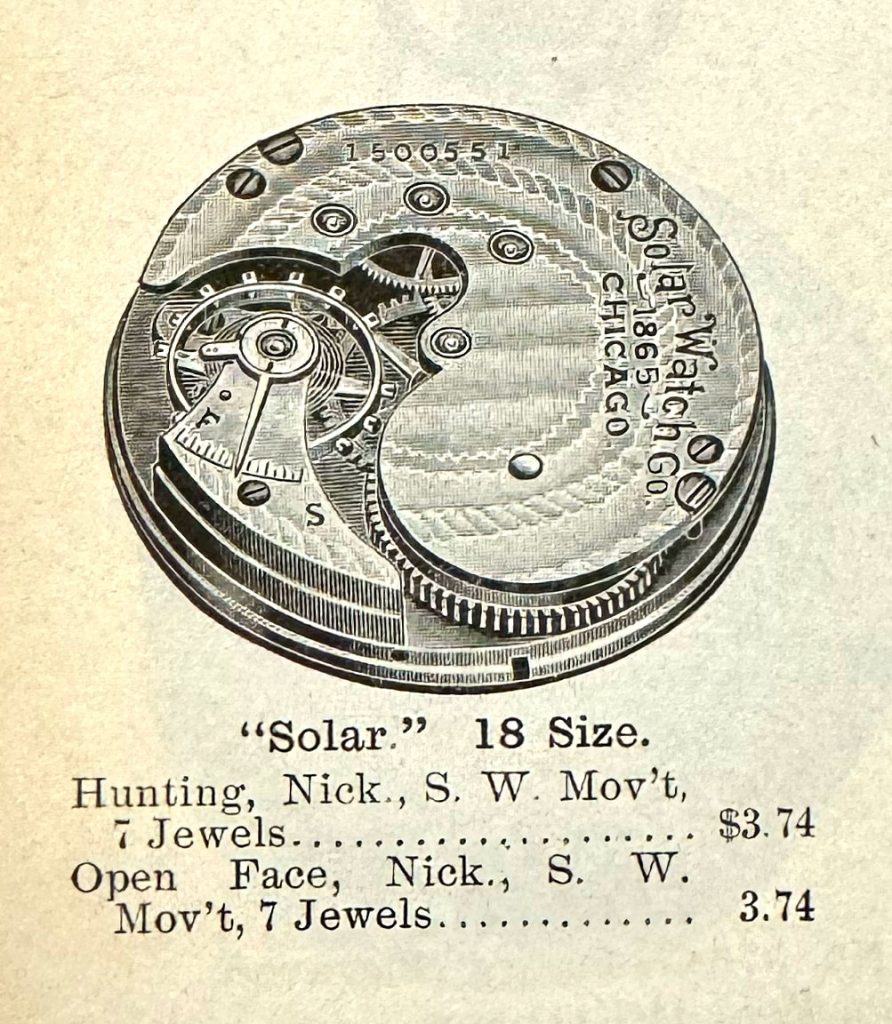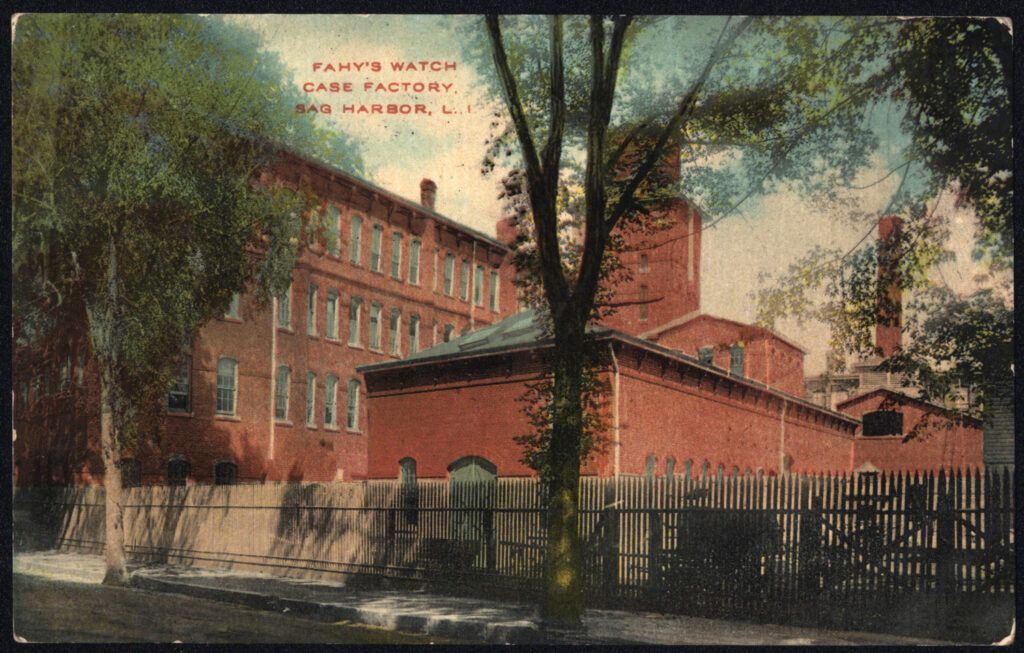Solar Timekeeping: A Brief History of our Reliance on the Sun for Time

Last week marked the first total solar eclipse visible in the United States since 2017. My family journeyed to Paducah, Kentucky, to experience totality on April 8. The wonderment of this celestial event serves as a poignant reminder that the universe would continually tick on without our presence, and we are only mere spectators enjoying our short blips on the timeline.
Early Timekeeping
The sun was humanity’s first and most accessible method of timekeeping. The earliest discovered sundials date back to 1500 BC in Ancient Egypt and Babylonia.

Image Source: Wikipedia
A sundial works by casting a shadow onto a marked surface, called a dial face, using a gnomon (a straight edge that is positioned perpendicular to the dial face) to indicate the time of day as the sun moves across the sky. The gnomon’s angle is set according to the latitude of the sundial’s location and the time of year, and the markings on the dial face are arranged to correspond to the hours of the day. As the sun moves across the sky, the shadow cast by the gnomon moves along the dial face, indicating the time of day.
Standard Time
Time was directed by the position of the sun until timezones were introduced in the United States in 1883, established to streamline train travel and communication. Prior to this, each city followed its own time based on the sun’s position directly overhead, which indicated “noon”.
During the 19th century, time was standardized, and precision began to be derived more from the celestial positioning of the stars than from the sun. Observatories became the authoritative source of time and transmitted signals to localities all over the United States, allowing mass synchronization. Several watch factories built their own observatories to precisely time and adjust watches before leaving the factory.
As homages to our close time-directing star, several watches also adorned names, illustrations, and complications related to the sun.
Sun and Moon Complications
Some early watches featured a rotating dial with a sun and moon to indicate the phase of the day, representing one of the primitive “complications” implemented into a personal timekeeping device.

Image Courtesy of Jones & Horan Auctions
Solar Watch Co.
The “Solar Watch Co.” was a private label name used by Benj. Allen & Co. on various watches sold through their wholesale jewelry catalog starting in 1897.

Source: Benj. Allen & Co. 1900 Catalog
Sol
The “Sol” watch manufactured by the American Waltham Watch Company featured an illustration of a rising sun on the dial and barrel bridge. This watch was sold by R.R. Fogel in South American markets.

Eclipse
The “Eclipse” name has also been used on various private-label watches manufactured by the Aurora, Illinois, and Lancaster watch companies. Later, the name was adopted and trademarked for use on watches produced by Ingersoll.

Image Courtesy of Jones & Horan Auctions
Today, we have largely shifted to smart devices that continually receive timing signals from satellites, further removing ourselves from reliance on the sun for timekeeping. However, the sun and stars continue to command the standardized time that trickles down to us, choreographing our movements as we play out our humble roles.




American watch history is amazing and incomplete.